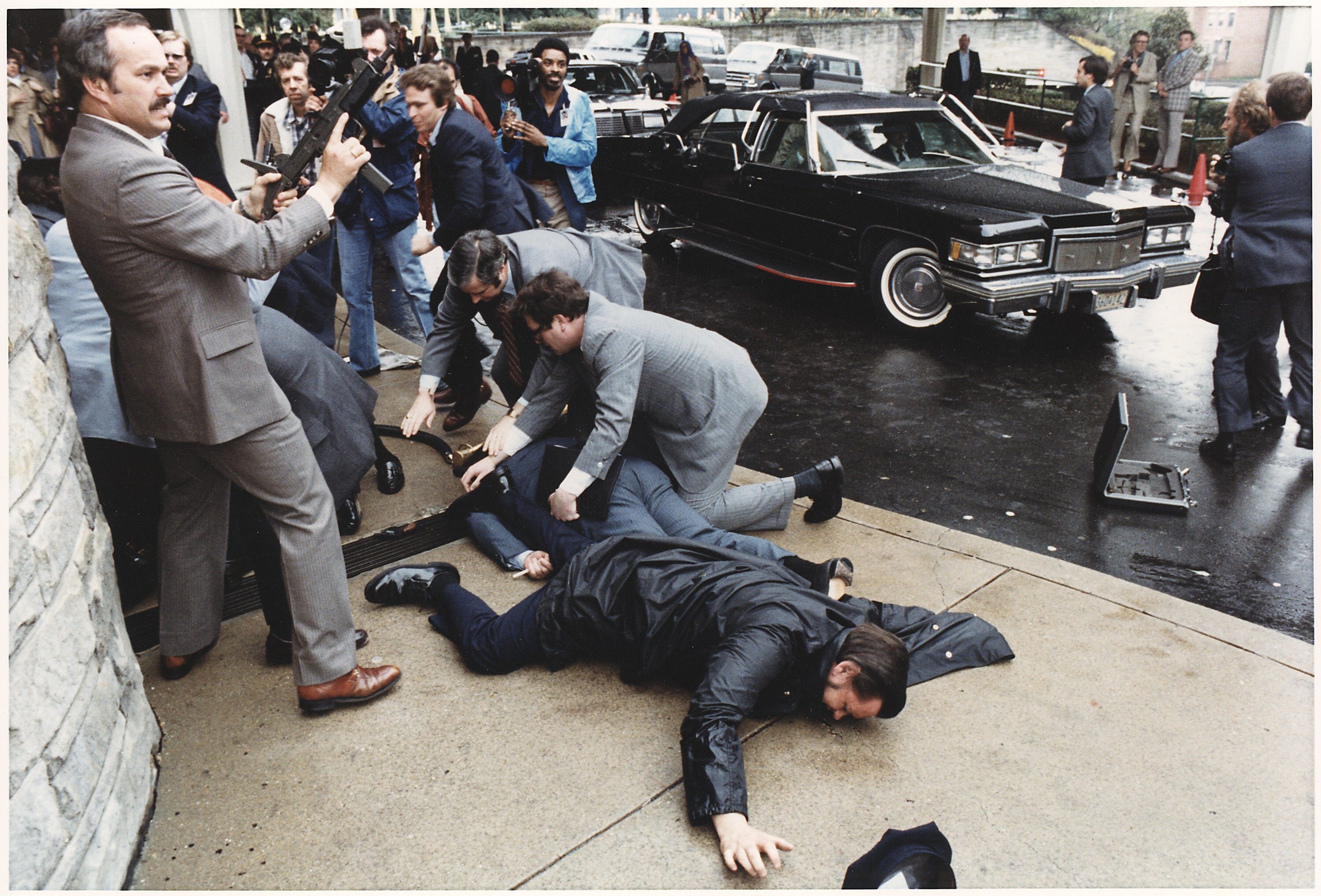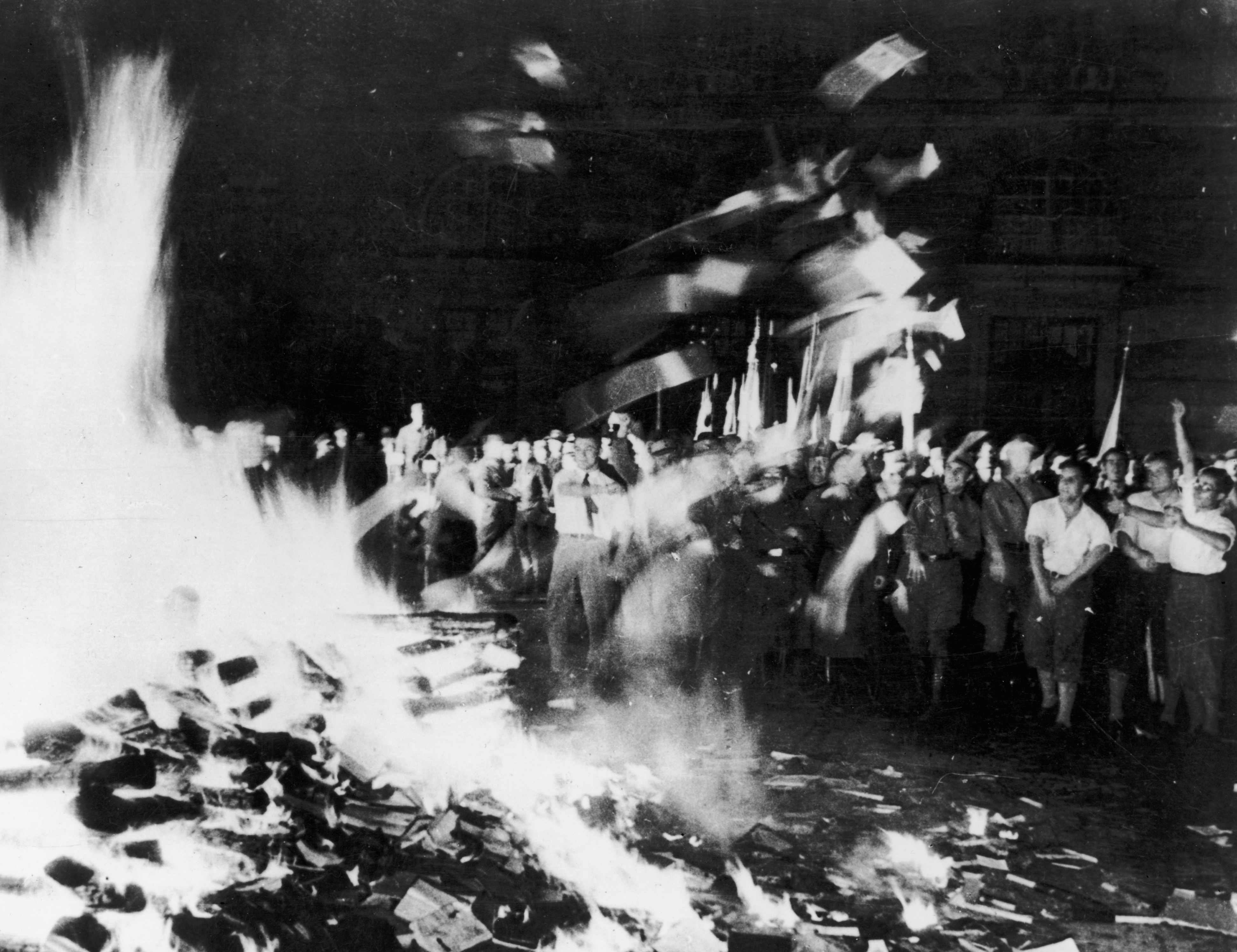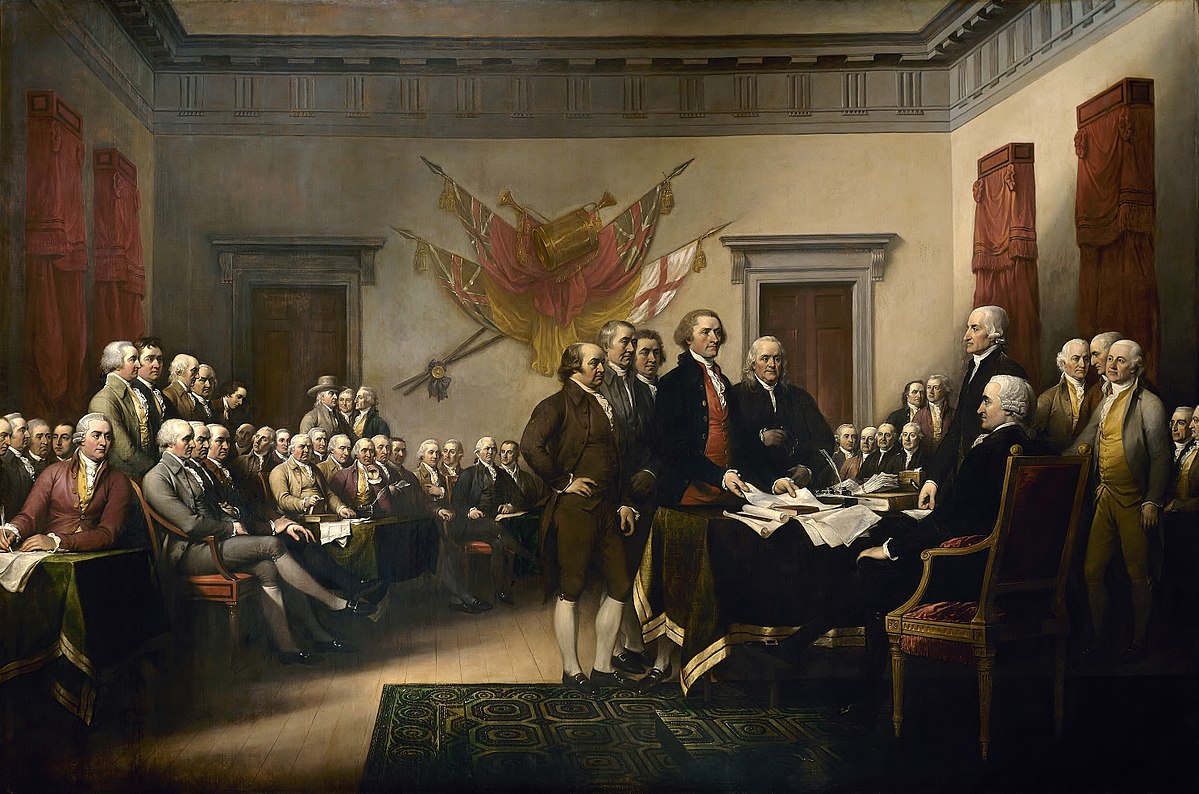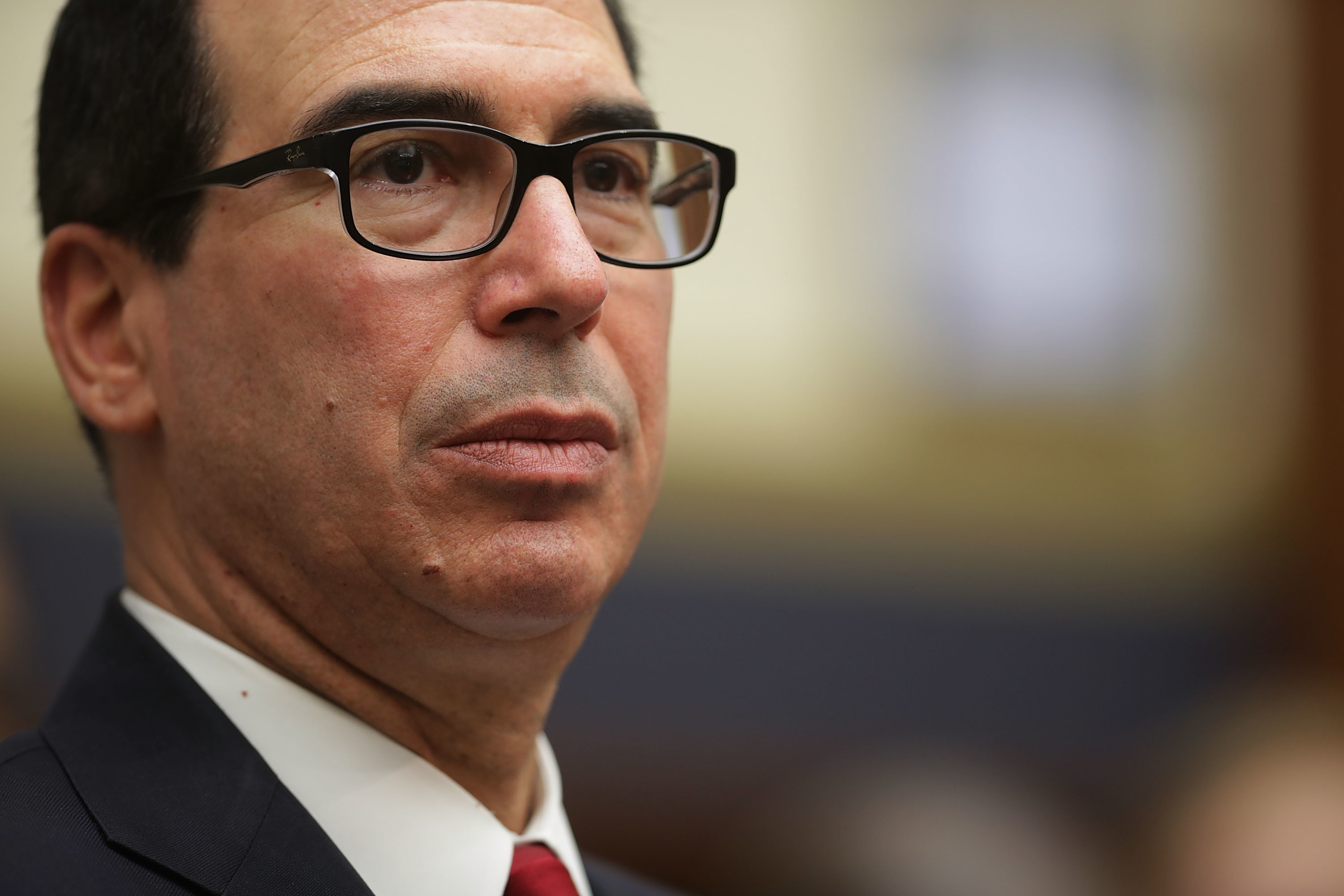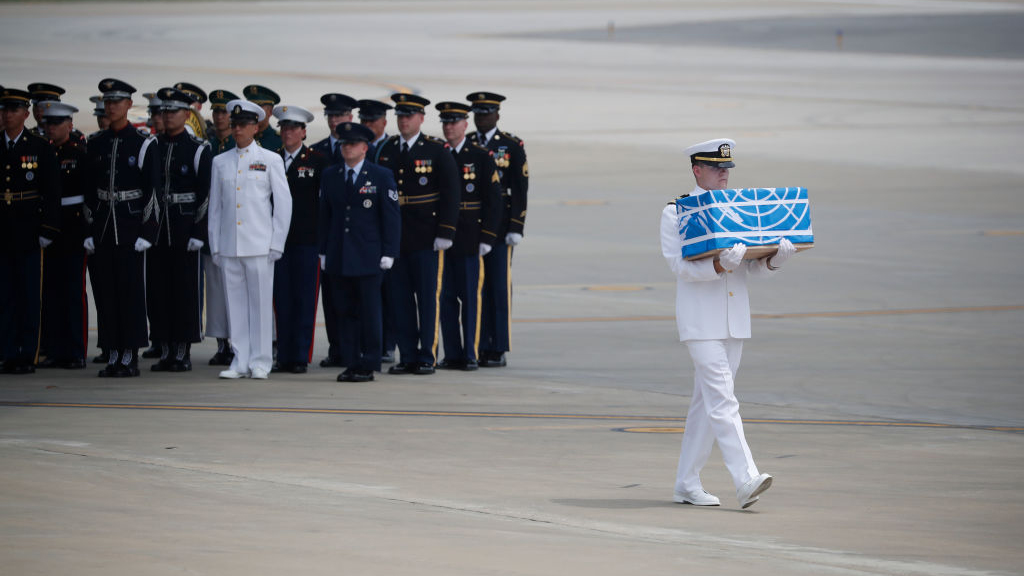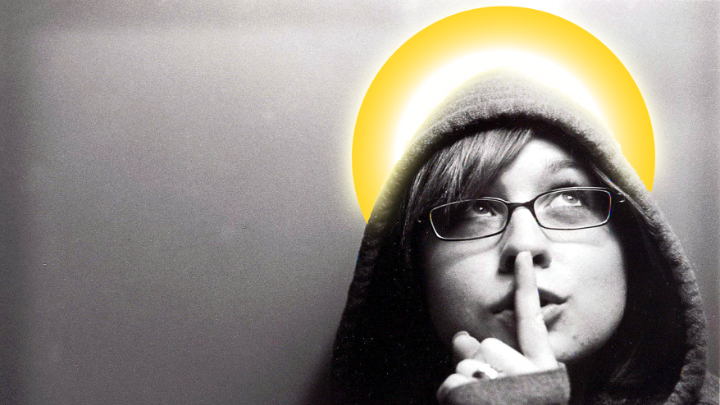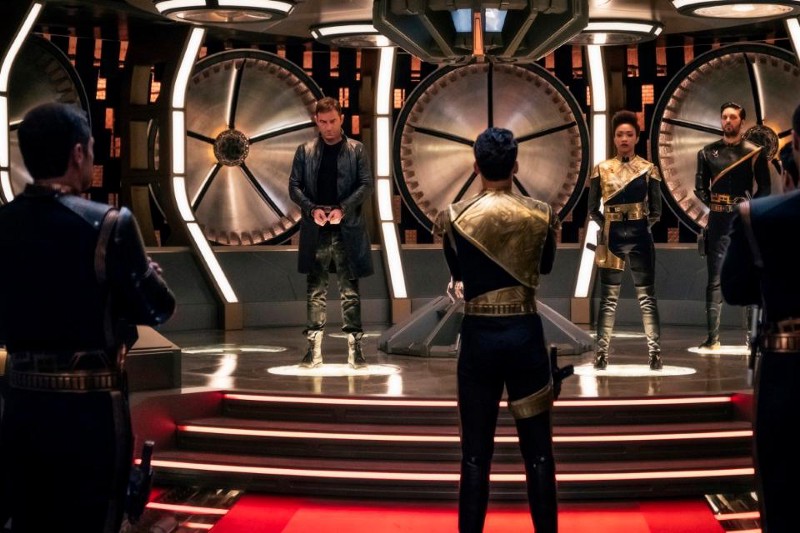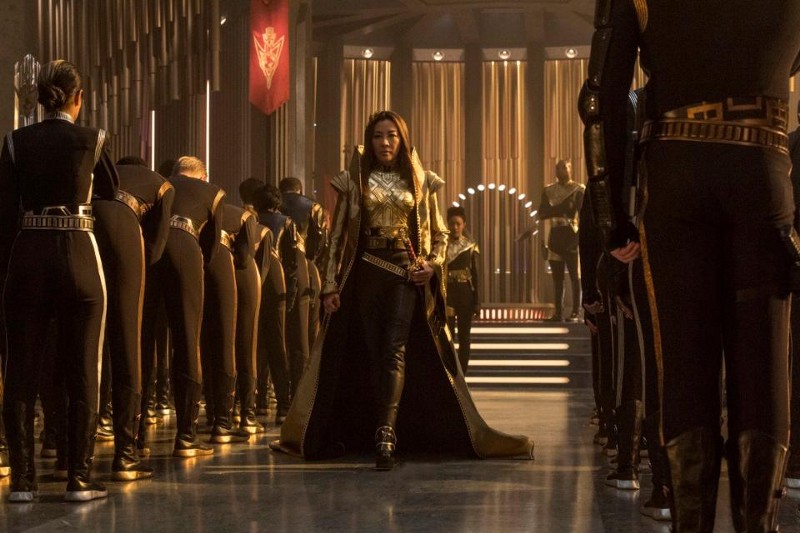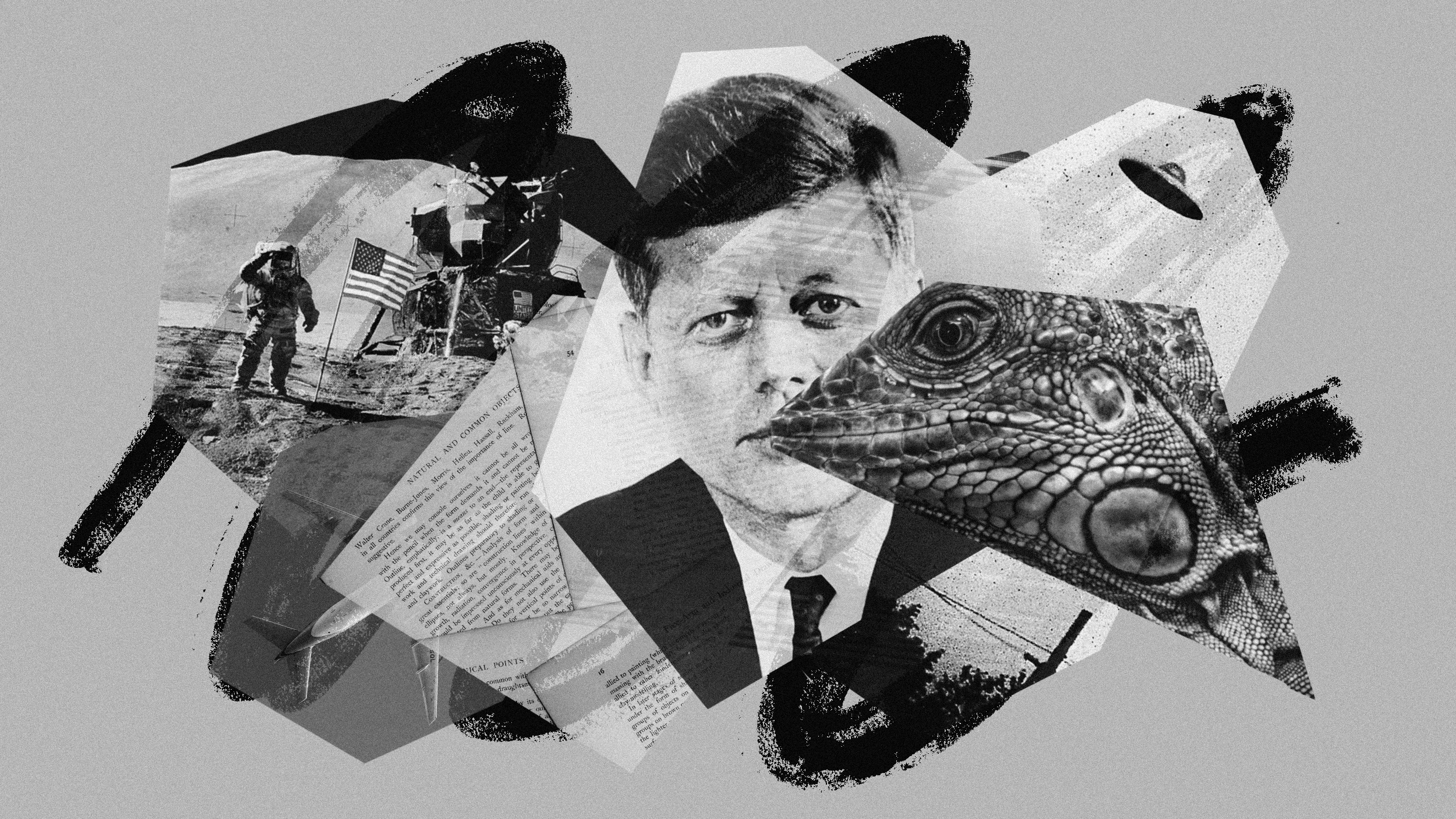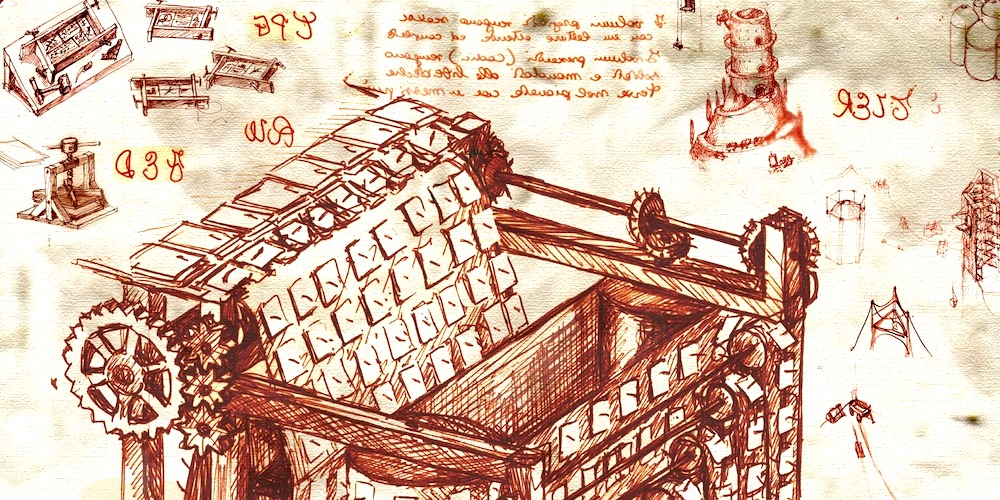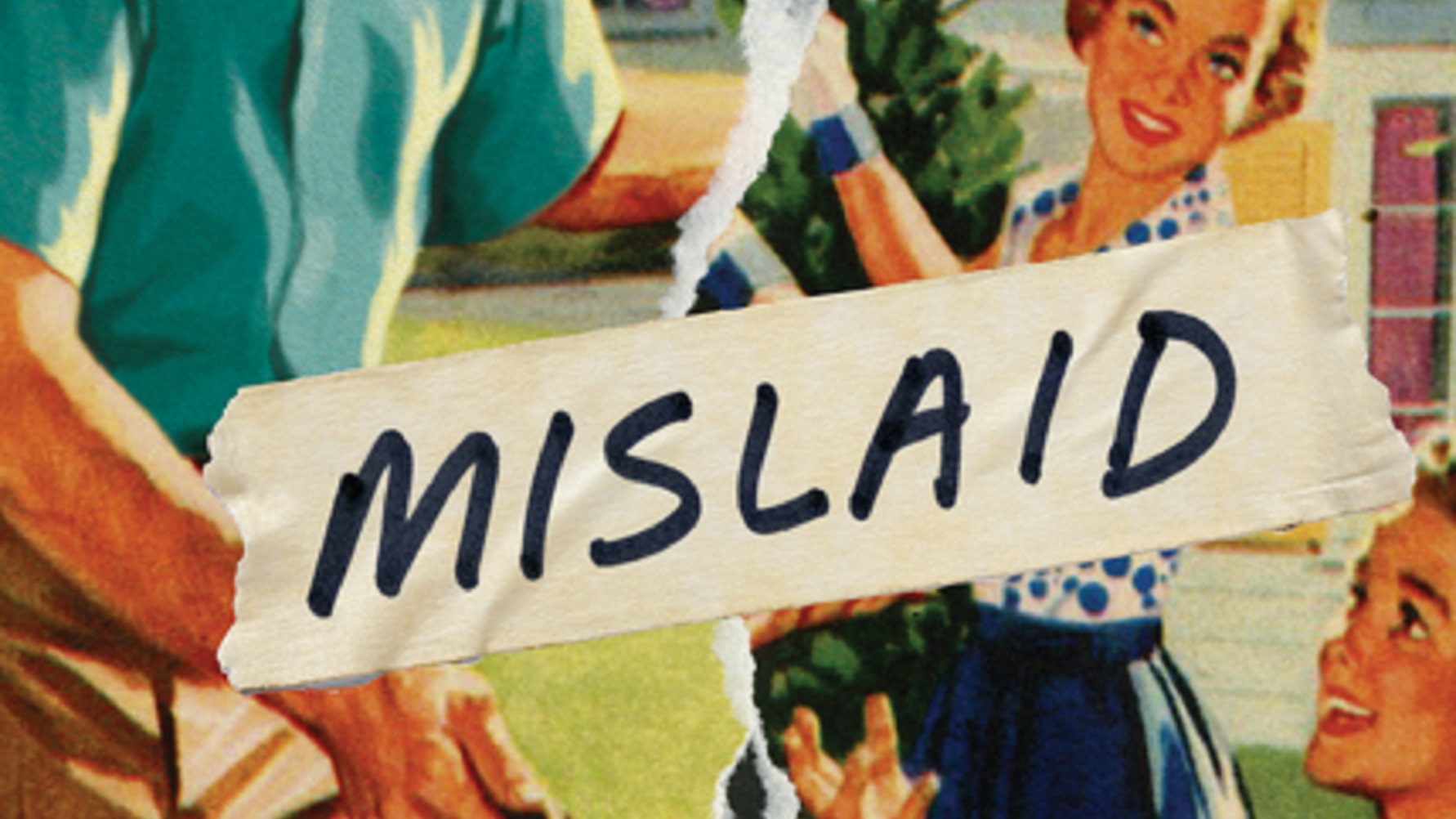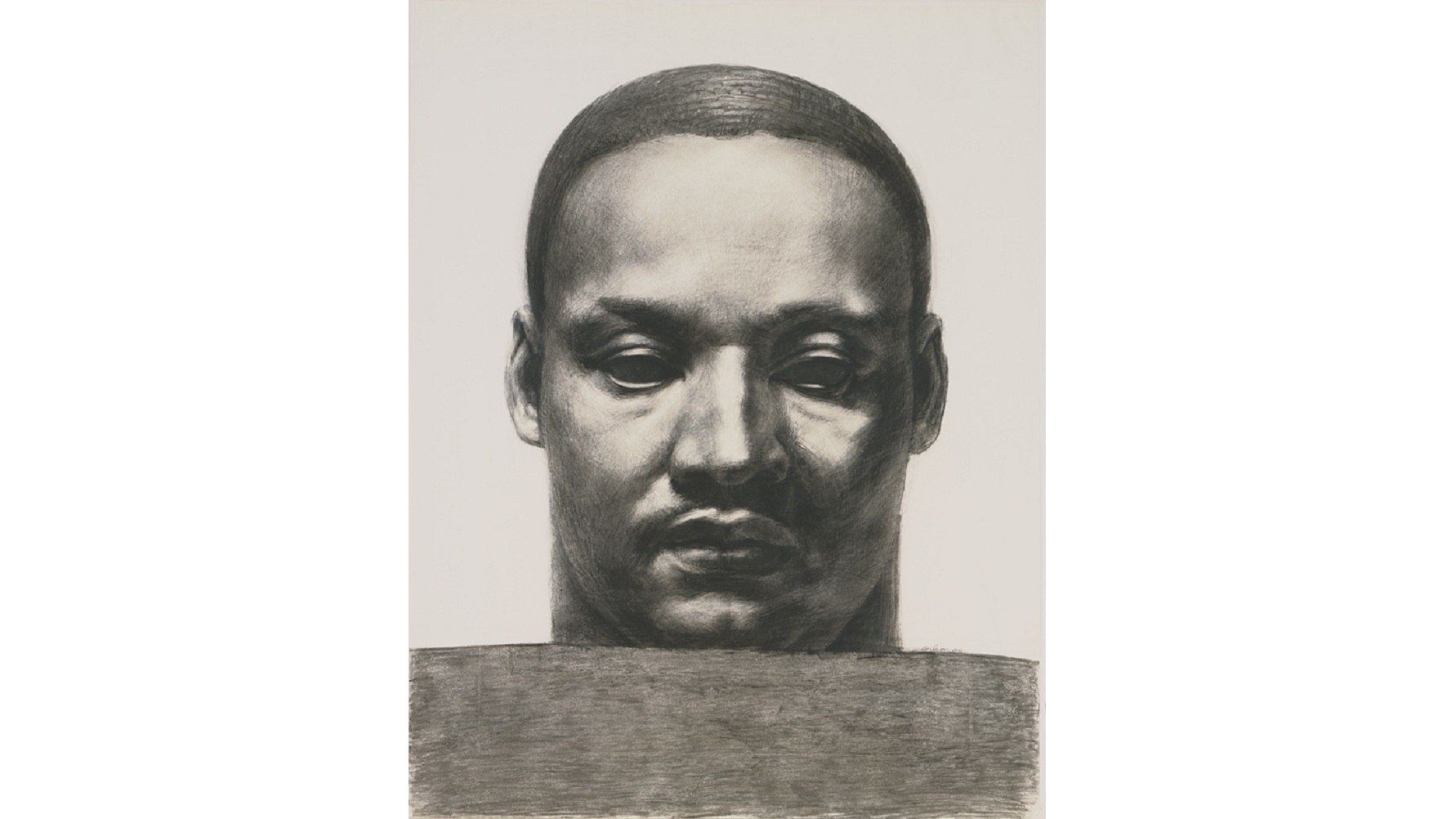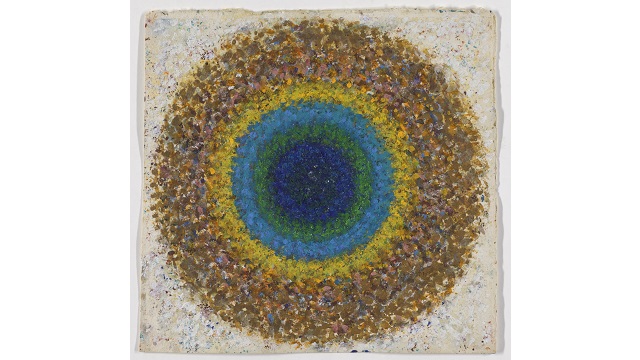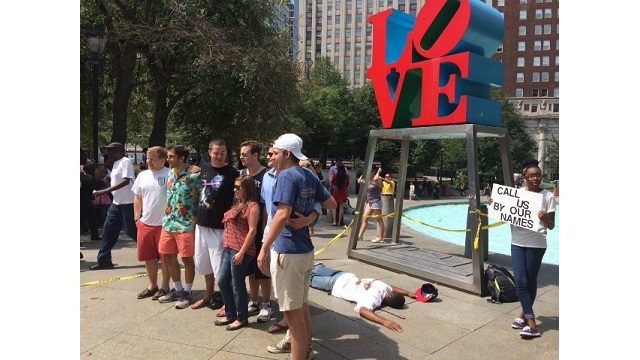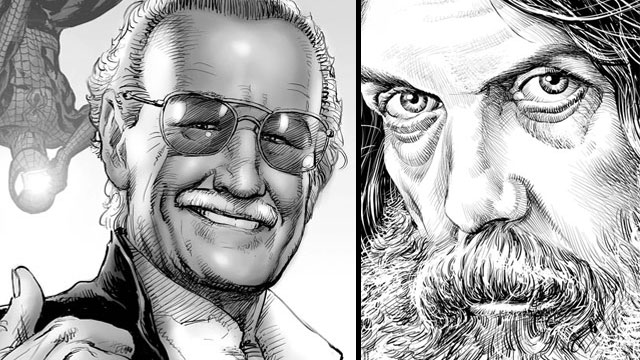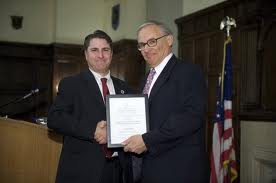Being an American president is a powerful but dangerous job, a fact shown by many assassination attempts.
Search Results
You searched for: john lee
America isn't immune to attempts to remove books from libraries and schools, here are ten frequent targets and why you ought to go check them out.
There is a more accurate date for when American independence from Great Britain was declared.
Treasury Secretary Steven Mnuchin has cancelled an upcoming trip to an economic conference in Saudi Arabia amid the controversy involving missing journalist Jamal Khashoggi.
Exactly 65 years after the end of the Korean war, these soldiers are headed home.
Doctors at Johns Hopkins Hospital have completed the most complex penis transplant to date, marking the third-ever successful operation of its kind.
Almost 200 cognitive biases rule our everyday thinking. A new codex boils them down to 4.
And if they exist, are there alternate-reality versions of you out there, too? You’ve likely imagined it before: another Universe out there, just like this one, where all the random events […]
Technology holds the promise of a better future, but our footprint on the planet threatens to undo all our dreams and progress. It’s pretty easy to look at the world […]
What do all conspiracy theorists have in common?
Grad students will be taxed at the highest rate in the country, even higher than billionaires. For millions of young people, the American dream is to study the thing you’re […]
Is moral superiority the reason American society is so polarized?
Last week, the crew found themselves in the mirror Universe. Here’s what science has to say about that. Star Trek: Discovery entered their midseason hiatus on a terrific cliffhanger: they had […]
What it would take to make a ‘mirror Universe’ a reality. The idea of parallel Universes has been around for over 60 years now, giving a theoretically physical existence to all […]
A new study finds a link between a desire for uniqueness and a willingness to believe in conspiracy theories.
America's most popular conspiracy theories and the science behind them.
The most impactful technology inventions in history are ranked.
Three current trends hint at the future of global business: the rise of artificial intelligence, the shifting center of economic gravity from west to east, and new existential problems like obesity and climate change.
▸
4 min
—
with
We heard the news today, 46 years ago, that the Beatles were no more. But who was the real killer in the magical mystery tour of the Fab Four’s finale?
While the battle over the next Supreme Court justice will be fought in the realm of bare-knuckle, high-octane politics, the daily business of the justices is often a good deal less partisan.
If Flannery O’Connor somehow birthed the love child of Sid Vicious, she might end up sounding like novelist Nell Zink. Equal parts Southern Gothic’s grotesquely twisted charm and punk and alternative music’s insiderish anti-establishmentism, Zink’s second novel Mislaid will disorient you until you let it delight you. Zink’s mix — which I’ll call Southern Gothic Punk — might be an acquired taste, but a taste well worth experiencing if only to break out of the contemporary rut of MFA-programed, sound-alike fiction that’s become the bubblegum pop of today’s literature.
With the May 1st grand opening to the public of its new building in Manhattan’s Meatpacking District, the Whitney Museum launches a new era not only in the New York City art scene, but also, possibly, in the very world of museums. Thanks to a Renzo Piano-designed new building built, as Whitney Director Adam D. Weinberg put it, “from the inside out” to serve the interests of the art and the patrons first, the new Whitney and its classic collection of American art stretching back to 1900 has drawn excited raves and exasperated rants from critics. Their inaugural exhibition, America Is Hard to See, gathers together long-loved classic works with rarely seen newcomers to create a paradox of old and new to mirror the many paradoxes of the American history the art embodies and critiques by turns. This shock of the new (and old) is the must-see art event of the year.
When the Philadelphia Museum of Art purchased Henry Ossawa Tanner’s painting The Annunciation in 1899, they became the first American museum to acquire a work by an African-American artist. That purchase announced a new era of recognition of African-American art and artists just as much as the painting itself announced a new style of art moving away from stereotypical “black” scenes towards a freedom of aesthetic choice. Persons of color could express themselves in any way, even abstraction, but faced the new problem of remaining true to themselves at the same time. The new exhibition Represent: 200 Years of African American Art and accompanying catalogue show how these artists faced the challenges posed to them by art and society and provide all of us with a fascinating guide to facing African-American history—tragic, tenacious, transcendent—through its art.
Whereas European countries were once able to tap into their history for subjects for opera, America’s never succeeded in doing the same. That problem comes in part from the decline in opera as a popular, public art form, but also perhaps from the lack of operatically epic subjects to be found in American history. Now, composer David T. Little hopes to create a modern American opera with JFK, a 2-act, 2-hour opera focusing on the life of President John F. Kennedy, whose life and death became defining moments not only for the Baby Boom generation, but also, many would suggest, the hinge upon which all American history turns for the last half century. Set to premier in 2016, JFK as a work-in-progress already raises important questions about how opera (and art in general) can approach history.
"The extasy [sic] of abstract beauty," artist Richard Pousette-Dart scrawled in 1981 in a notebook on a page across from a Georges Braque-looking abstract pencil drawing. Although included in Nina Leen’s iconic 1951 Life magazine photo "The Irascibles" that featured Abstract Expressionist heavyweights Jackson Pollock, Willem de Kooning, Mark Rothko, and Barnett Newman, Pousette-Dart has always stood on the edges, as he does in the photo, of full identification with that group.
The flood of images of violence and unrest continues to flow from Ferguson, Missouri, in the wake of the shooting death of Michael Brown on August 9, 2014. (See one […]
Take a moment today to appreciate exactly how lucky we are to have what we do. “It took less than an hour to make the atoms, a few hundred million years […]
Good versus Evil will always be the stock and trade of storytelling, especially in comic books. The skill of separating good guys from bad comes early to readers, with the […]
There’s a new columnist out there writing for The American Conservative. You may or may not regard him as conservative. Patrick Deneen reflects on a semi-depressing book written by my favorite […]
America is much like the Hotel California: “You can check out anytime you like, but you can never leave.”
